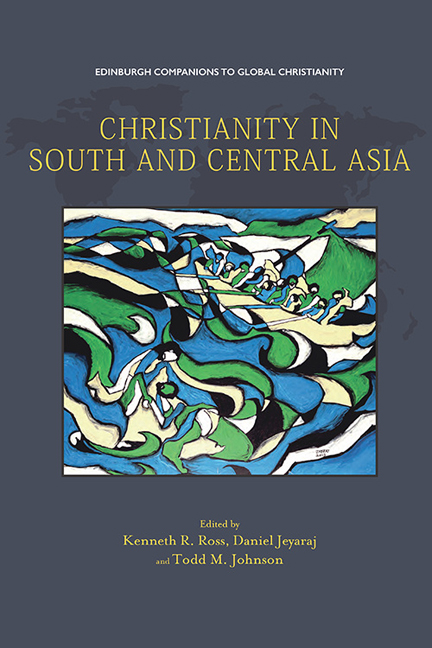Afghanistan
Published online by Cambridge University Press: 30 April 2020
Summary
Afghanistan is a land of enormous geographic, ethnic and cultural diversity. The Hindu Kush mountains, the end of the Himalayan chain, are its most remarkable feature, running from the north-east Pamir region like a backbone fading into the flat deserts of the south-west, bordering Iran. The east has the tropical climate of the Indian subcontinent, so that sugar cane and tropical fruits can flourish, while the well watered plains of the north are the agricultural breadbasket for the country, and everywhere there are herds of sheep and goats climbing the hills and mountains, providing milk and meat as well as wool for the carpet-weaving industry. World powers have sought to control the forbidding yet strategic transit and trade routes between Central and South Asia, making it a crossroads for armies and cultures. The impenetrability of the Himalayas to large armies has brought unwelcome armies and peoples traversing Afghanistan's marginally productive lands for thousands of years. Each successive group has left its ethnic and cultural contribution to the complexity of tribes and peoples that make up a composite national identity. Historically, to be ‘Afghan’ was synonymous with being from the larger Pashtun/ Pakhtun/Pathan ethnic group that straddles the border between Pakistan and Afghanistan, numbering some 50 million people. Approximately 15 million Pashtuns live in Afghanistan; the Tajiks and more recent arrivals the Hazaras (descendants of Genghis Khan), Uzbeks and Turkmen, and more than 30 smaller ethnic/linguistic groups, make up the remaining 55% of the population. Around 32 million people are now known by the national identity of ‘Afghan’.
Historically, ‘Afghan’ identity and leadership of the country have been claimed by Pashtun kings and rulers since Afghanistan's modern statehood began in 1747. However, its borders have been confined and defined, often arbitrarily, by the surrounding countries of Iran, British-controlled Indiacum- Pakistan, the former Soviet Union (now Turkmenistan, Uzbekistan and Tajikistan) and, at its north-eastern tip, China. Afghanistan has had as many internal struggles between ethnic groups as it has had with foreign elements, such that the sense of national identity is very poor.
- Type
- Chapter
- Information
- Christianity in South and Central Asia , pp. 95 - 106Publisher: Edinburgh University PressPrint publication year: 2019



